Nearest Faraway Place: Far Rockaway
It was the hottest day of the year, and I spent it in Far Rockaway. The plan was simple. I would take the A train — which runs through Brooklyn Heights, downtown, Fort Greene, Bedford-Stuyvesant and East New York through the heart of Brooklyn and Woodhaven, Queens and runs across Jamaica Bay — and take it…

It was the hottest day of the year, and I spent it in Far Rockaway. The plan was simple. I would take the A train — which runs through Brooklyn Heights, downtown, Fort Greene, Bedford-Stuyvesant and East New York through the heart of Brooklyn and Woodhaven, Queens and runs across Jamaica Bay — and take it to its farthest limit: the Mott Avenue station in Far Rockaway.
There are many things to see in Far Rockaway: historic commercial buildings, a Monticello-inspired post office, impressive churches, lovely homes, and more.
When I was a teenager in the mid-1970s, I would brave the Marine Parkway Bridge — which has perilously low railings and prompted a fear of gusting winds — and cross Jamaica Bay on my bicycle.
One day the weather was sufficiently crisp and I followed the concrete elevated line all the way to the end. I had attained Far Rock on my bike. I felt like Captain Cook. Then, I turned around and pedaled 15 miles back to Bay Ridge.
Years passed, and I visited again a few times when researching and photographing Forgotten NY, the website and the book. Gradually, I’ve gotten something of a handle on the town (it’s more like an isolated town than a neighborhood).
Here, the general grid system that dictates the street layouts of most NYC neighborhoods falls away, and like downtown Boston, the layout is more like a hub, with the spokes circulating around the intersection of Mott and Cornaga Avenues. Though you do have regulation 4-cornered intersections, even that disappears in Wavecrest — originally a private development built around 1900.

The Smith Building occupies the NE corner of Mott and Central Avenues, the two most prominent avenues in the neighborhood. The building dates to 1931 and replaced an earlier Smith Building that went up in 1911; it had contained offices of the Far Rockaway Bank, whose president was named Samuel R. Smith. There is also a dead-end Smith Court in the back of the building facing Mott Avenue.
This key intersection is well covered in Rockaway Memories.

The former Rockaway News on Central Avenue is a distinctive little building. Since the Rockaways became a resort area in the late 1800s, there have been a series of newspapers published serving the community.
The first of these was The Rockaway Rattler, later the Rockaway Journal, first published in 1883. It was followed by Rockaway Life, Far Rockaway Journal, The Argus, and The Rockaway News. The sole survivor is The Wave, founded in 1893. Tragically, The Wave lost much of its physical archives to Hurricane Sandy.

Turning up Mott Avenue, named for landowner Benjamin Mott, who donated property for the original Long Island Rail Road terminal (which stood where the shopping mall across the street from the A train terminal on Mott Avenue is now).
The US Post Office on Mott Avenue and Beach 18th St was finished in 1936 and designed by architect Eric Kebbon. It was built in a Colonial Revival style and its dome was inspired by Thomas Jefferson’s Monticello.

The oldest church in Far Rockaway, now the Beth-El Temple, can be found across Beach 18th from the post office on Mott Avenue. It was built in 1858 to a design by famed ecclesiastical architect Richard Upjohn of Trinity Church fame. It was a chapel of the Trinity parish before it became the independent St. John’s Episcopal Church in 1881. It became the Beth-El Temple in 1975.

Mott Avenue ends at Caffrey Avenue on its east end. Continue on Caffrey and turn left on Beach 9th Street, which was called Jarvis Lane and Oak Street before 1916, when Far Rockaway acquired its “Beach Street” numbering system. It is a main north-south thoroughfare in the eastern part of the town. Between Cornaga and Central Avenues, it features an incredible collection of freestanding houses built from 1890-1920 that can rival anything in Richmond Hill, Queens or Prospect Park South, Brooklyn.

At the north end of Beach 9th Street at Central Avenue is the doyenne of Far Rockaway churches, the Russell Sage Memorial First Presbyterian Church.
Financier and philanthropist Russell Sage (1815-1906) left a considerable fortune to his widow Margaret Olivia Slocum Sage (1828-1918), who established the Russell Sage College for Women in his hometown, Troy, NY. She established bird sanctuaries in Louisiana and founded NYC’s Russell Sage Foundation, dedicated to research in social welfare, public health, education, government, and law.
Mrs. Sage also funded this magnificent building, the magnificent First Presbyterian Church, a.k.a. The Sage Memorial Church, with its stained glass windows designed by Louis Comfort Tiffany. It was built in 1909 by the Cram, Goodhue and Ferguson firm.
Coming soon: more from the Rockaway peninsula.
Kevin Walsh is webmaster of the award-winning Forgotten NY and the author of Forgotten New York and, with the Greater Astoria Historical Society, Forgotten Queens.
———-

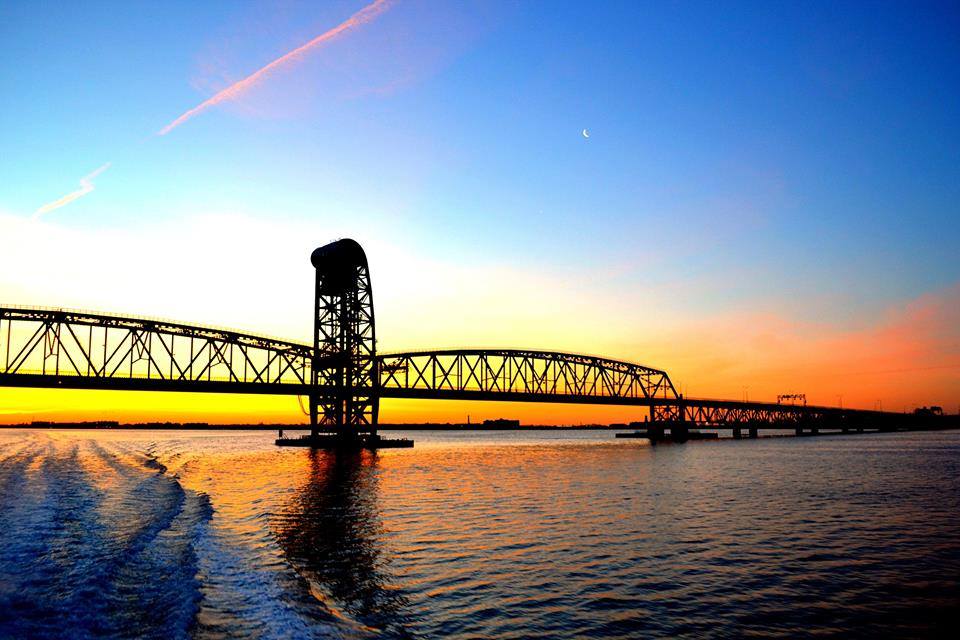

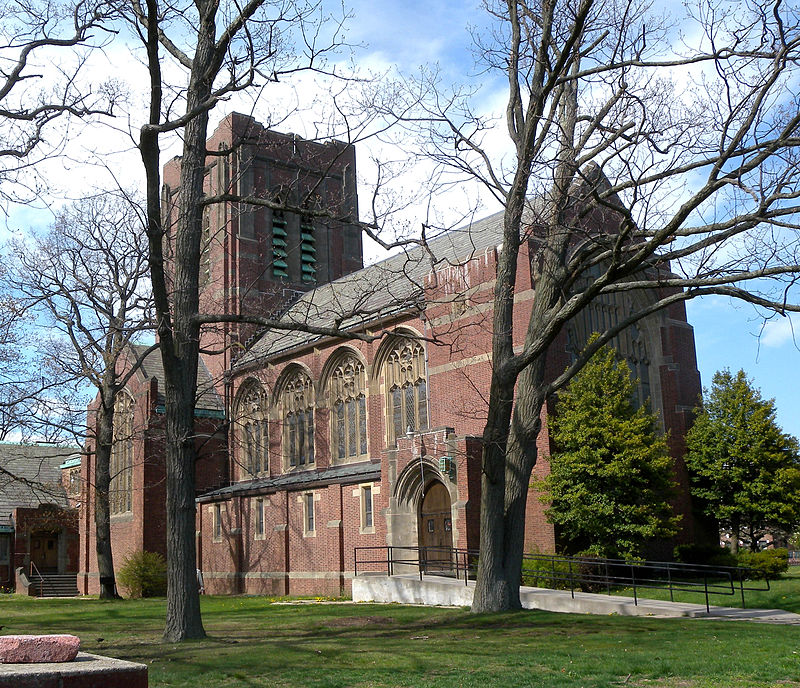
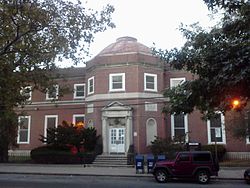
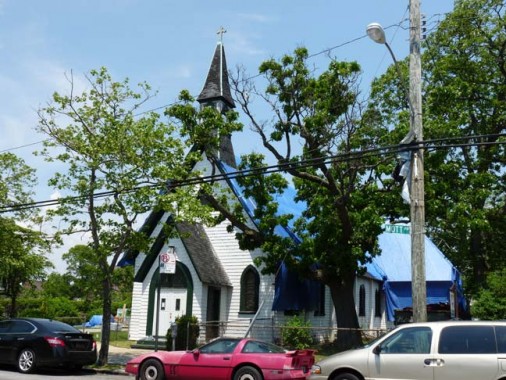
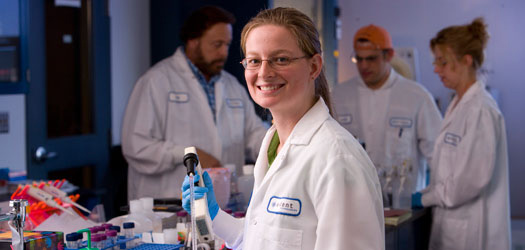



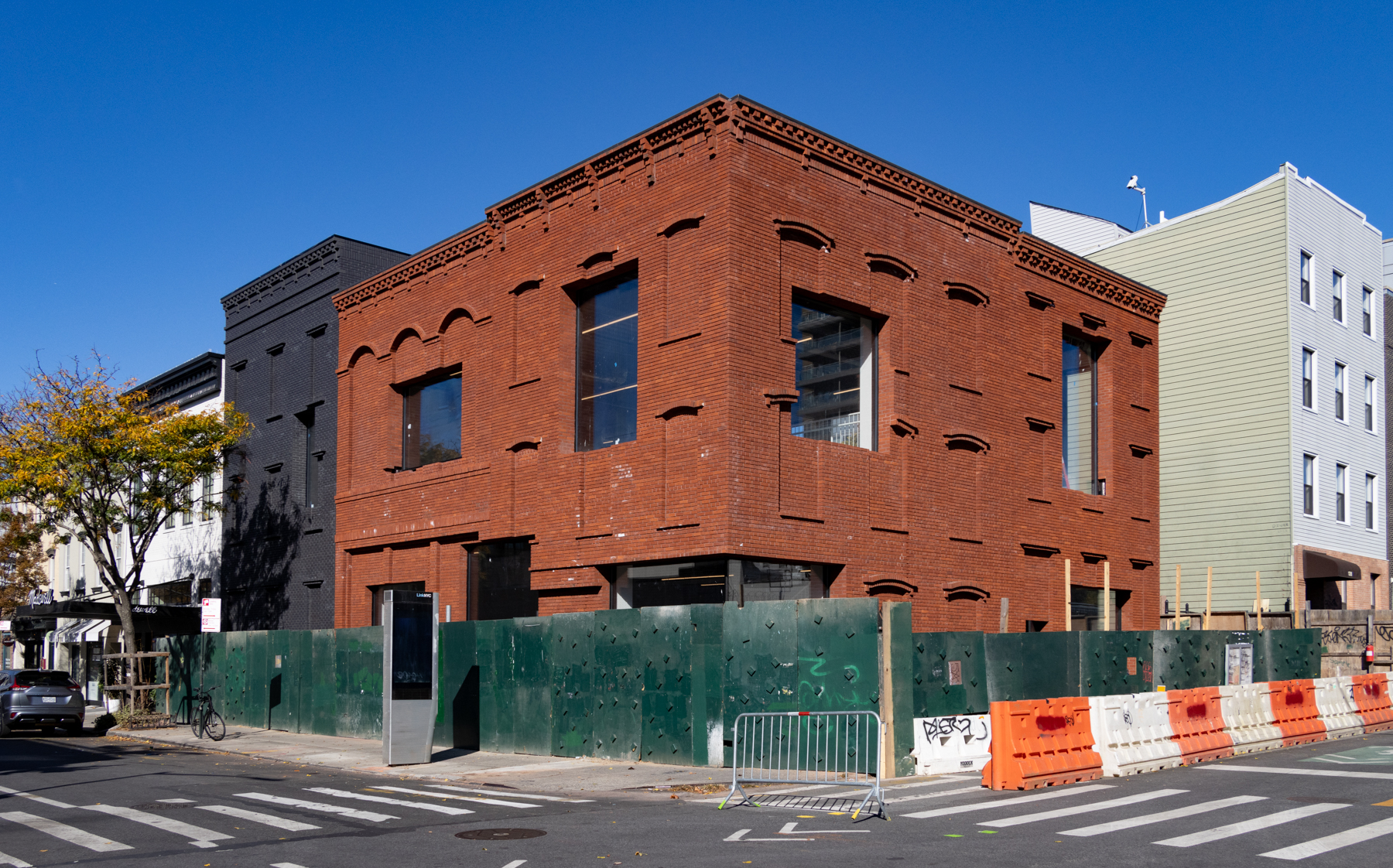




Kevin, great article on Far Rockaway, but there is a new player in the Rockaways when it comes to newspapers and it is The Rockaway Times http://rockawaytimes.com/
The Rockaway Times was launched June 26, 2014. Kevin Boyle, after a long distinguished career as an editor, columnist, and reporter decided to pursue this entrepreneurial endeavor because Rockaway, Queens, New York was calling out for a new, fresh voice.